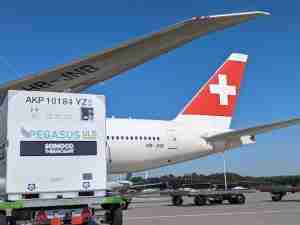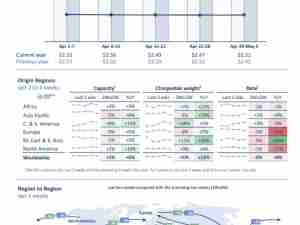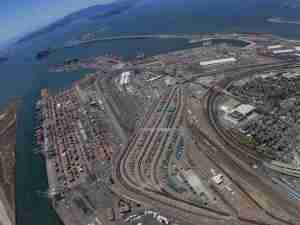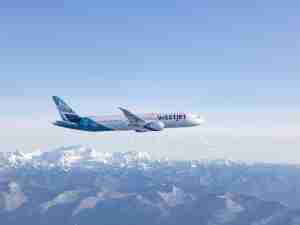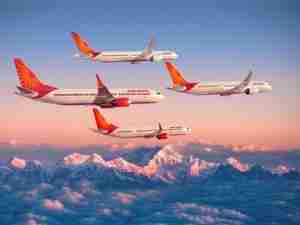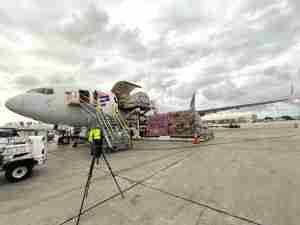"Our airport facilities can cope with demand up to around 2020 but what next?" said Eva Cheng, the Secretary for Transport and Housing.
"Regional and international competition would not wait for us to make a decision so we need to address this very important issue now," she said in a news conference to unveil the Hong Kong International Airport Master Plan 2030.
The new runway, which would cost an estimated HK$136.2 billion ($17.5 billion), factoring in inflation, is crucial for Hong Kong's economy, government official and economists said. The cost in 2010 dollar terms is estimated at HK$86.2 billion.
Hong Kong overtook Memphis in 2010 as the world's busiest cargo hub on the back of strong import and export growth in China, especially the Pearl River Delta region. Hong Kong's airport ranked third worldwide in terms of international passengers flown in 2010 after London and Paris.
Construction of the new runway, including land reclamation, would take more than 10 years, the government-owned airport authority said.
Public consultations will begin on Friday and last three months, and include another option: maintaining the two-runway system and enhancing facilities with an estimated cost of HK$42.5 billion by the time the project is completed.
However, that would meet forecast air traffic demand only up to 2020.
The airport authority would discuss in detail with the government on financing of these projects, including debt and other means. But Cheng said the government had no immediate plan to raise funds by listing the airport on the stock market.
Rising Demand
The International Air Transport Association forecasts Hong Kong airport's passenger demand will grow at an average of 3.2 percent a year to reach 97 million in 2030, while cargo volumes will rise 4.2 percent per year to 8.9 million tonnes.
More than 50 million passengers arrived or departed last year through the international airport, which also moved 41 million tonnes of cargo.
"The current two-runway system is forecast to be saturated by around 2020, and beyond that HKIA will not be able to meet additional demand," said airport authority chairman Marvin Cheung. "This could irrevocably harm Hong Kong's position as a global aviation hub."
Hong Kong's dominant carrier Cathay Pacific Airways Ltd has called for a new third runway.
"We believe the third runway is of critical importance to the sustainability of Hong Kong economy," said Cathay's Chief Executive John Slosar in the statement on Thursday.
"Hong Kong is facing a very real danger of giving away its competitive advantage if it foes not move quickly and decisively on the need to build the third runway," he said.
The aviation industry contributed 4.6 percent of Hong Kong's gross domestic product (GDP) but it also supports the territory's main business sectors including trade, tourism and financial services.
Environmental issues and the huge investment involved are expected to trigger heated debate in the territory on the two options.
But a new third runway was the most important single infrastructure expansion for Hong Kong, said Paul Tang, chief economist at Bank of East Asia.
"It is about maintaining our competitiveness as an international financial centre," he said. (Reuters)
